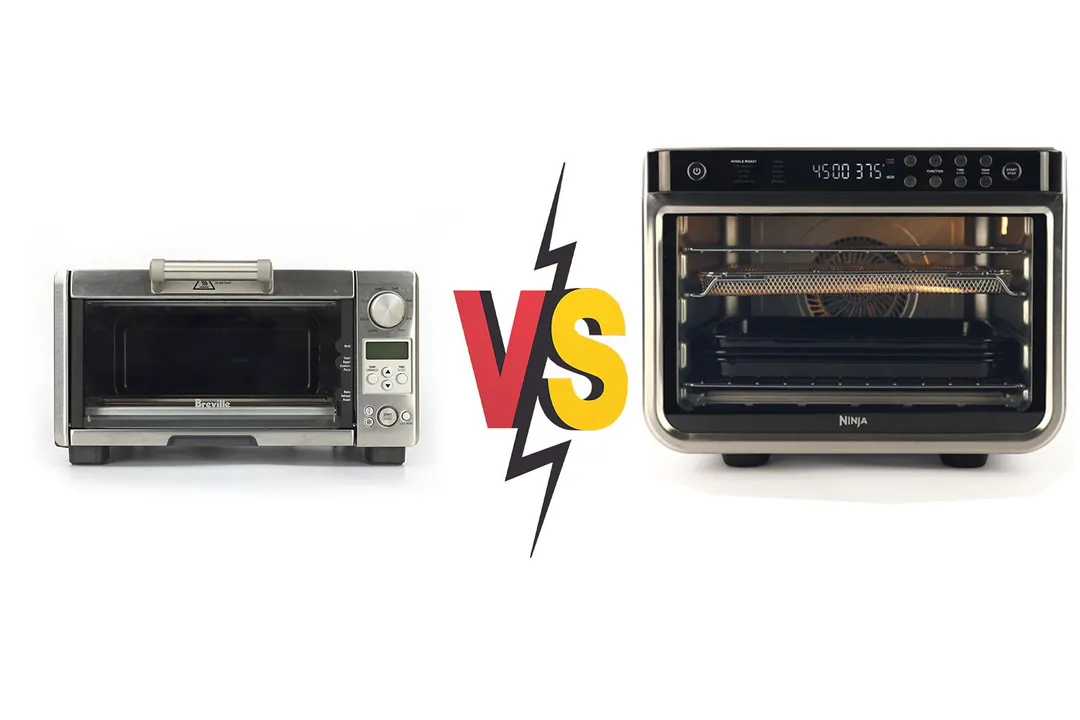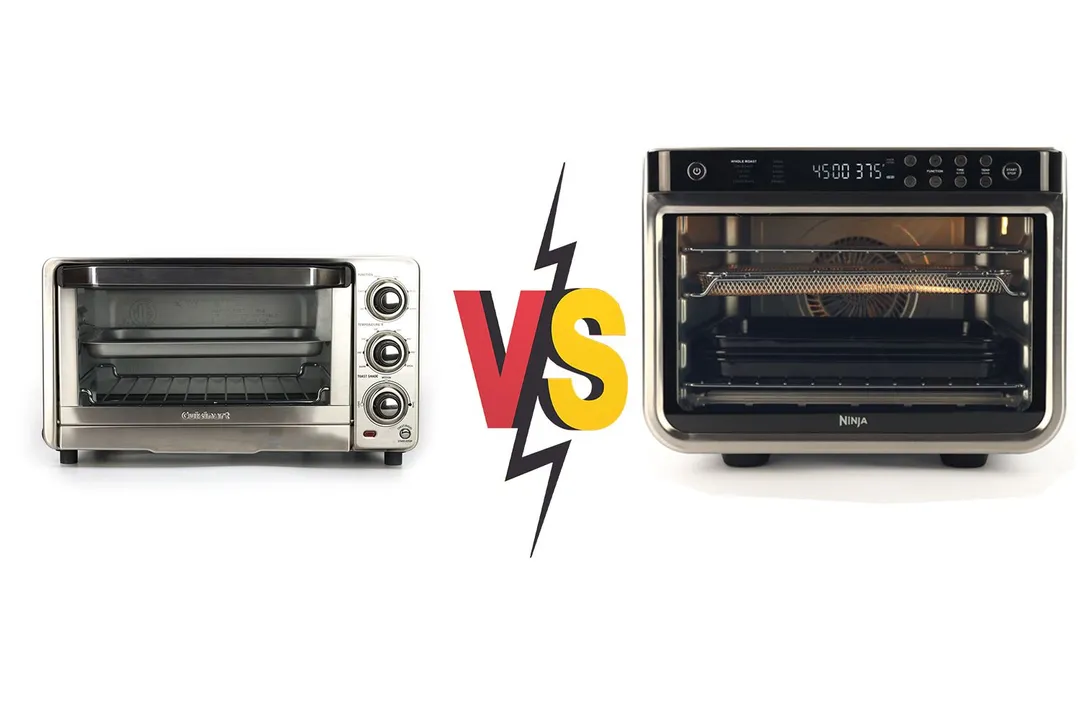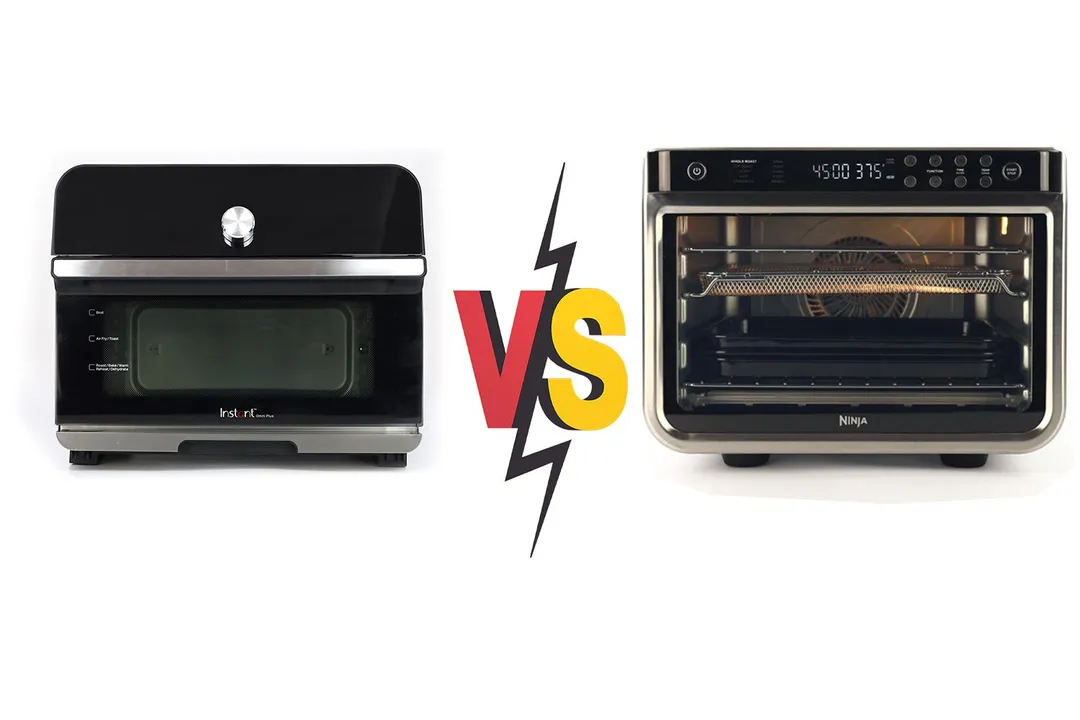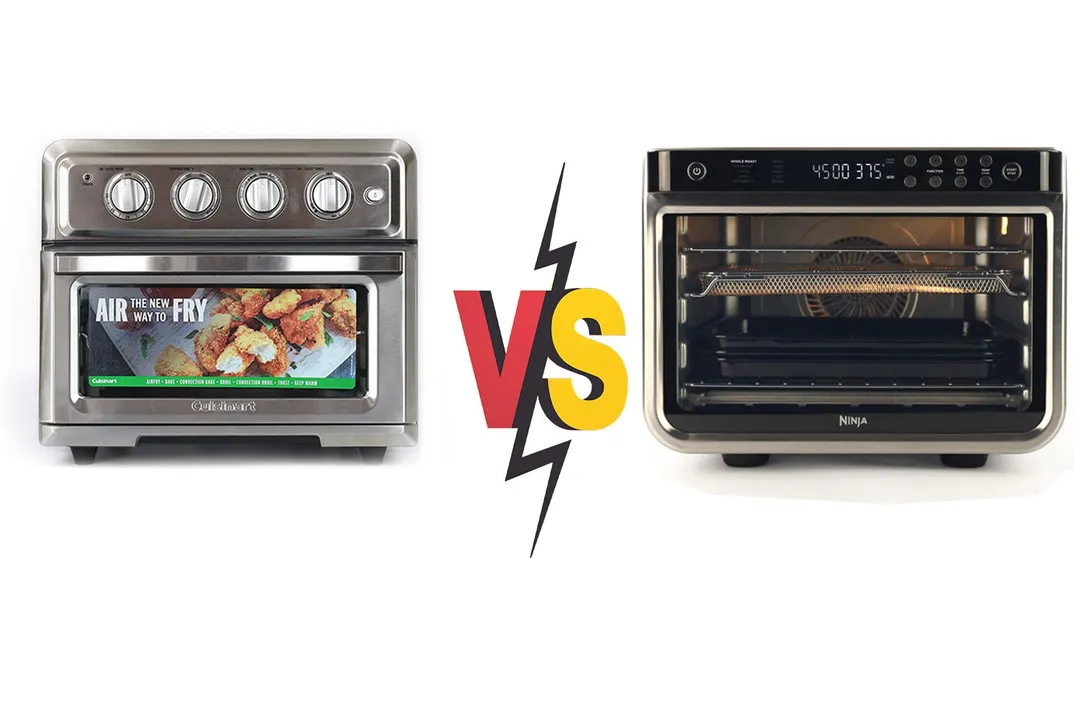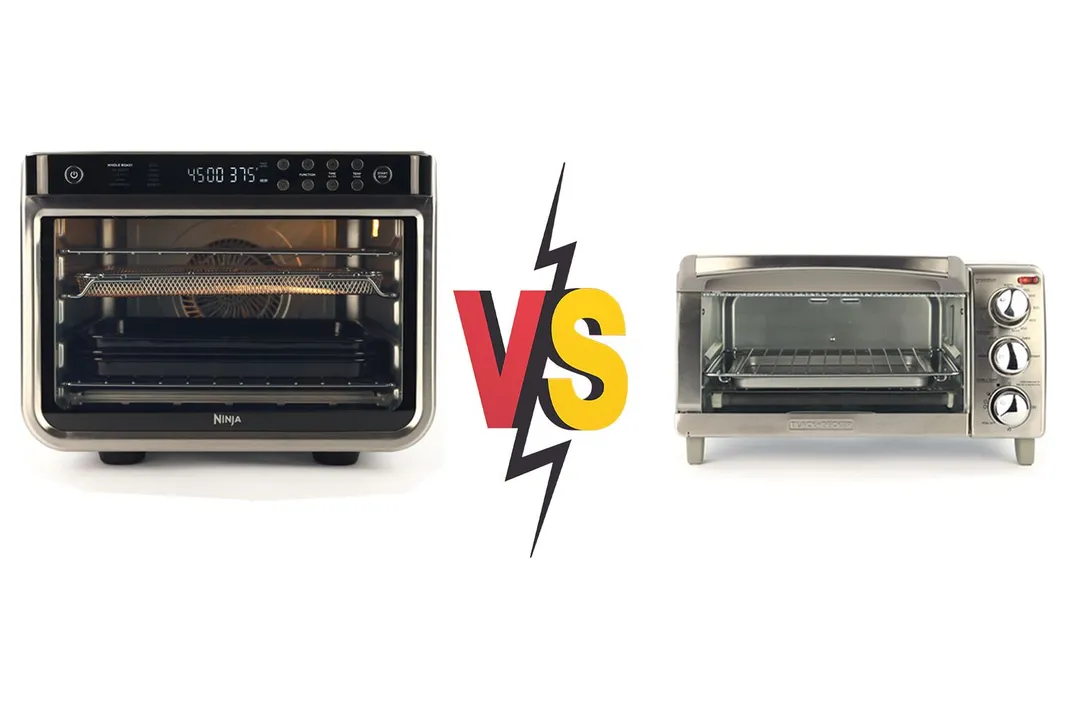Our recommendations are made independently through Research & Testing. We may receive commissions from purchases made via our links.
Panasonic Flashxpress vs Ninja Foodi XL Pro Toaster Oven Side-by-Side Comparison
Panasonic FlashXpress vs Ninja Foodi XL Pro Toaster Oven. A fight between our best energy-saving pick and our best large pick ended without any surprise.
Panasonic Flashxpress
Tested Using Methodology v1.0Ninja Foodi XL Pro
Tested Using Methodology v1.0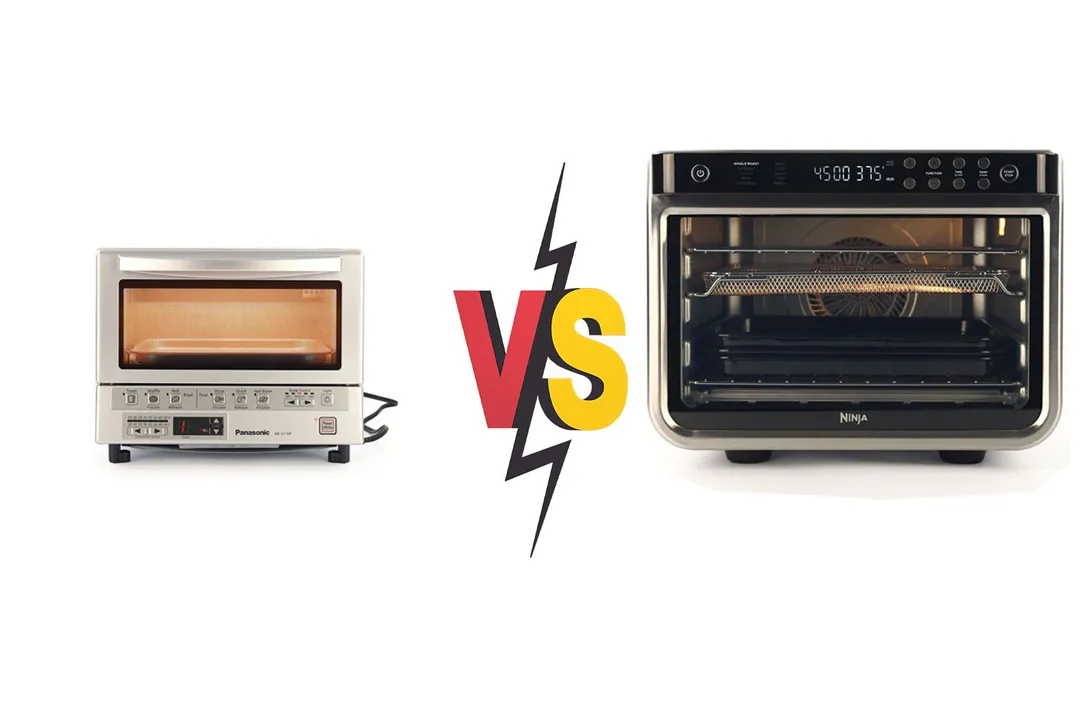
Overall Verdict
The conclusion to the fight between the Panasonic NB-G110P FlashXpress Digital Small Toaster Oven and the Ninja DT201 Foodi XL Pro Air Fryer Toaster Oven was without any surprise. Even though the Panasonic was our best energy-saving pick, it couldn’t hold a candle to our best large pick—the Ninja.
The FlashXpress has an interesting auto-pull rack and a few distinct cooking presets that are typical in a Japanese appliance. Unfortunately, its timer and temperature range are nowhere near as detailed and expansive as the Ninja’s. The Ninja’s presets are also much more well-designed.
The Panasonic can achieve really high heat (as high as 500°F) with a low power output of 1500 W. However, it’s hindered by the lack of cooking space but a relatively large footprint, not to mention not having a convection system.
The machine has a pretty decent overall cooking performance for a small unit. It actually hit the right spot for a higher pizza score but still not enough to win against the Ninja all things considered. Besides, we thought the Ninja would’ve had a higher score if it were to bake a fresh pizza.
Pros & Cons
- Energy-efficient quartz and ceramic heating elements
- High-contrast digital display
- Internal lighting available
- Sturdy construction
- Easy-to-clean stainless steel exterior
- Cool-touch door handle
- Convenient slide-out crumb tray
- Straightforward and informative control panel
- Tailored cooking functions
- Family-sized capacity
- Tray-level suggestions
- Sturdy construction
- Well-designed accessories
- Easy-to-clean stainless steel exterior
- Cool-touch door handle
- No safety mechanism for the door
- Having only one tray level
- Not particularly budget-friendly
- No safety mechanism for the door
- Faulty interior light upon received
Key Specs
Where to Buy
*You help support HealthyKitchen101's product testing and reviews by purchasing from our retail partners.
Analysis and Test Results
Performance
Toast
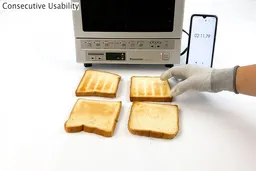
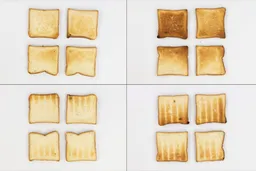
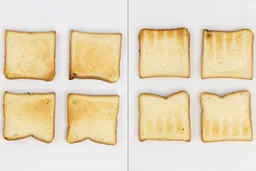
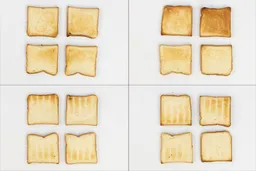
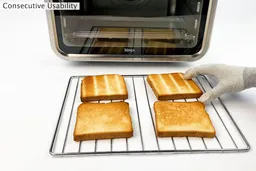
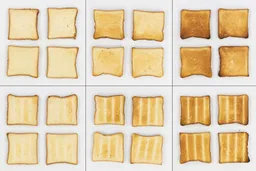
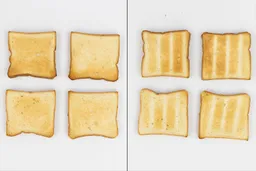
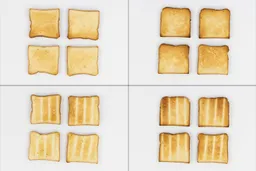
Pizza
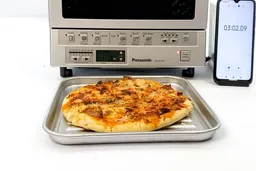
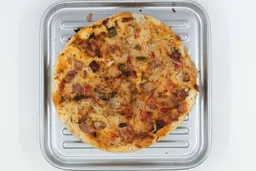
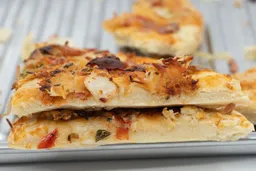

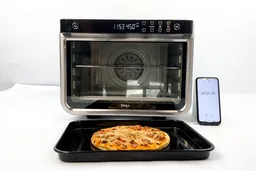
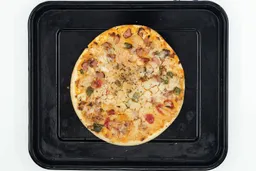
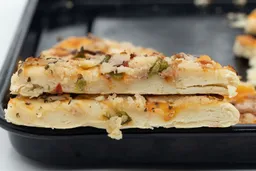

Whole Roasted Chicken
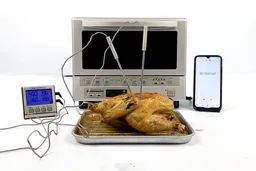
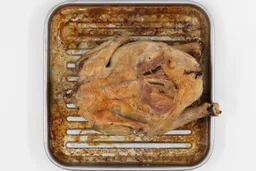
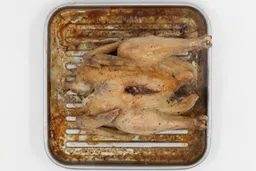
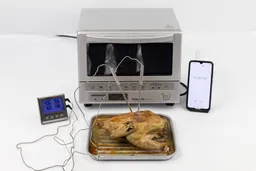

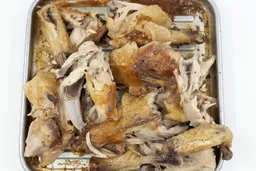
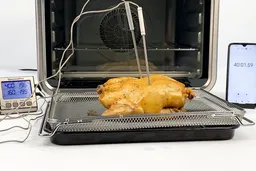
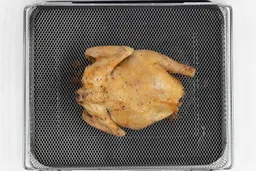
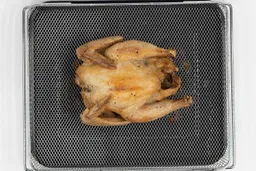
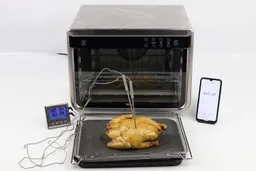
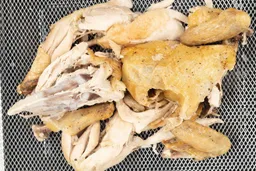
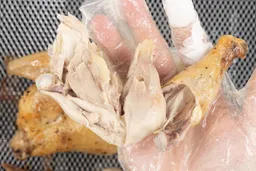
Baked French Fries
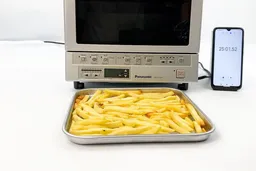
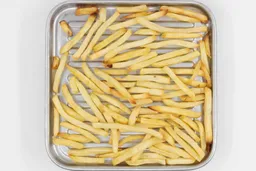


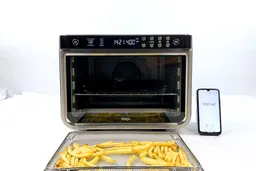
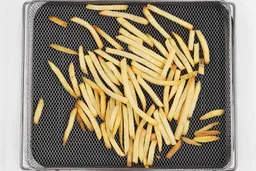

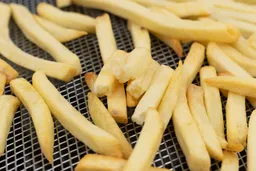
Design
In the Box
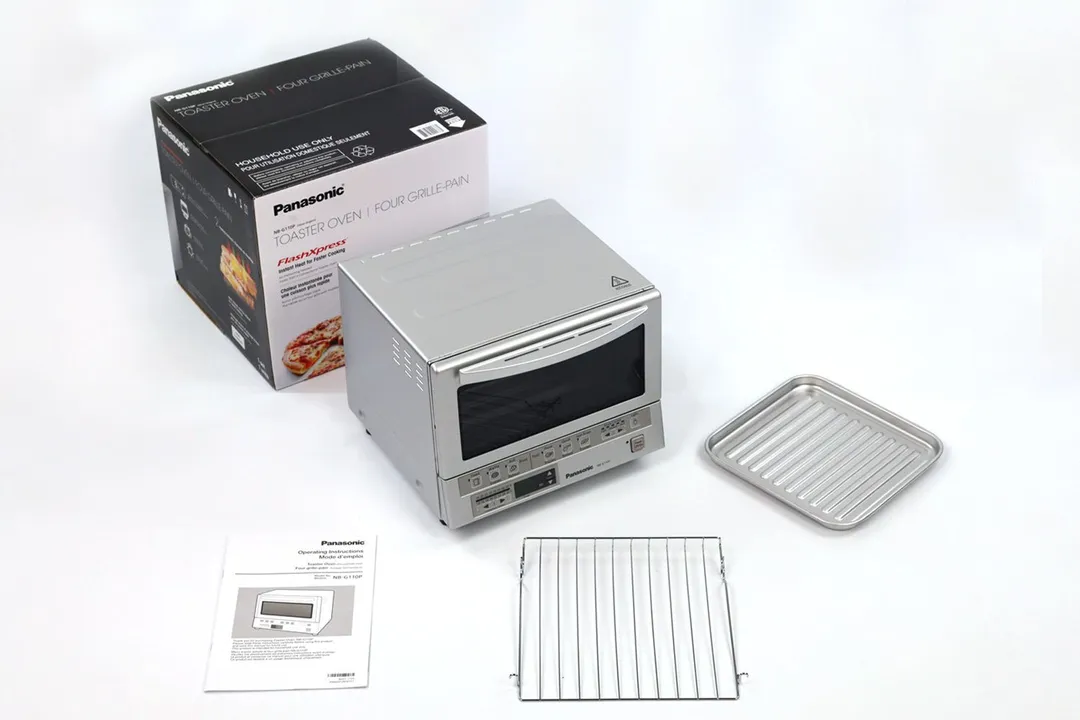
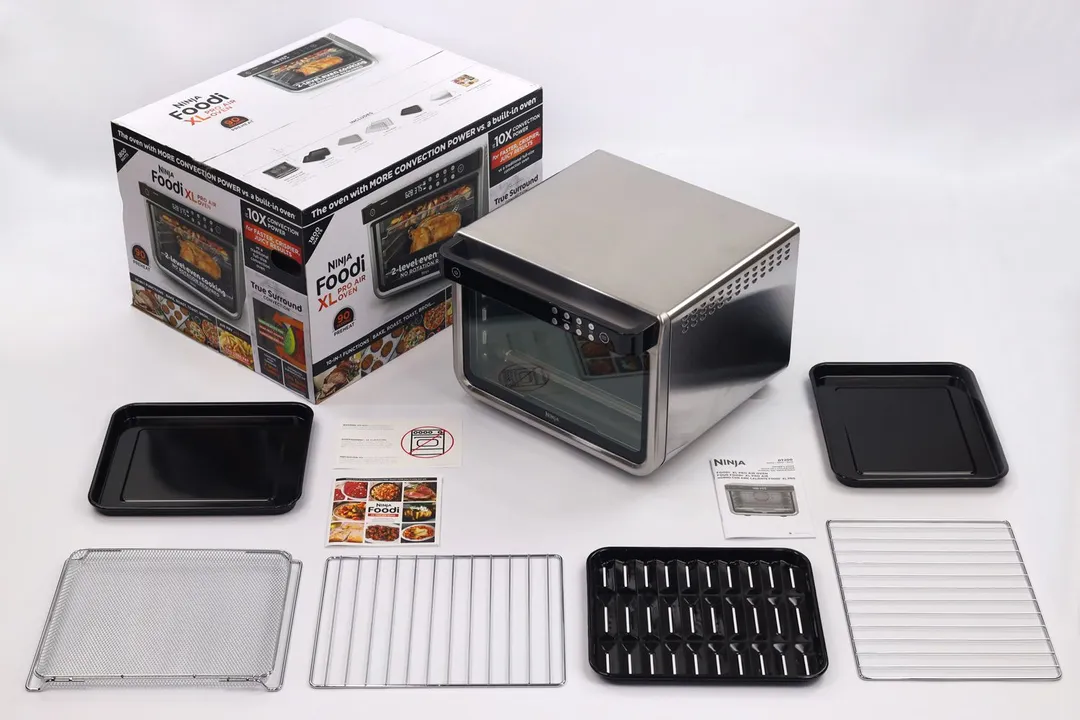
Exterior
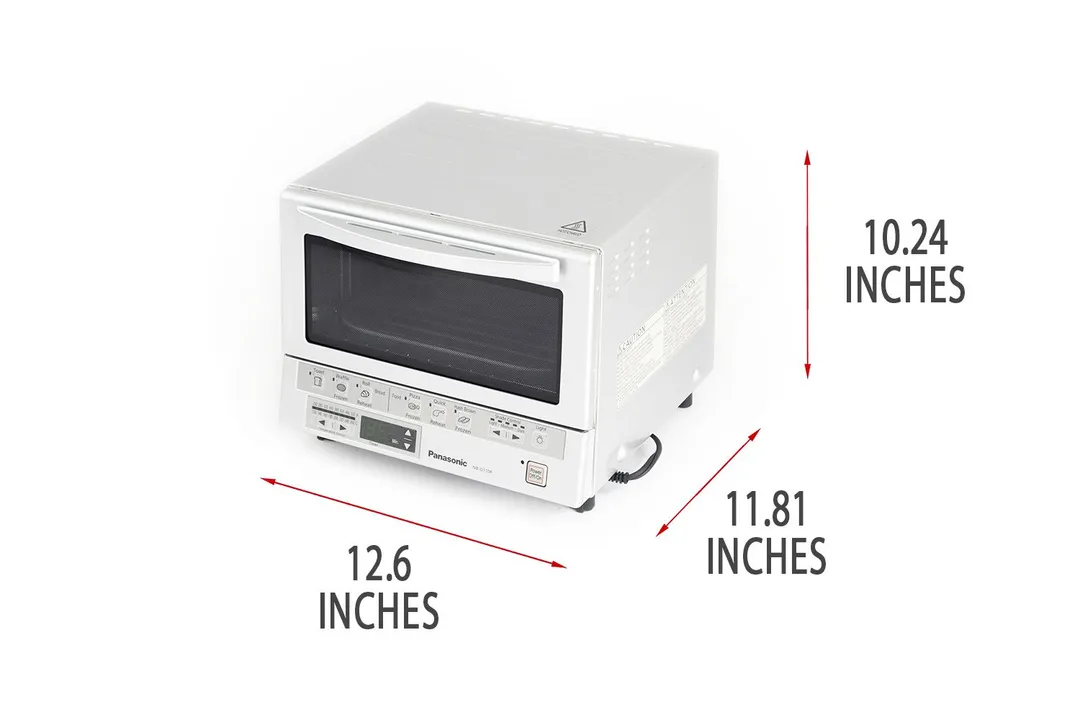
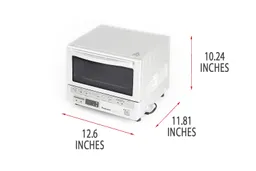
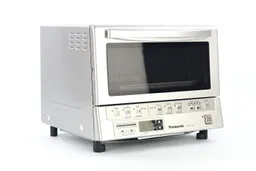
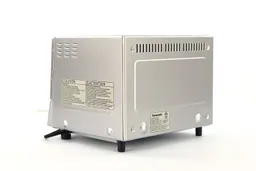
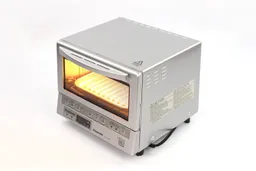
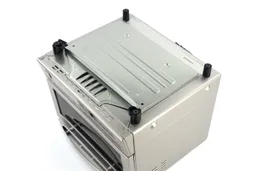
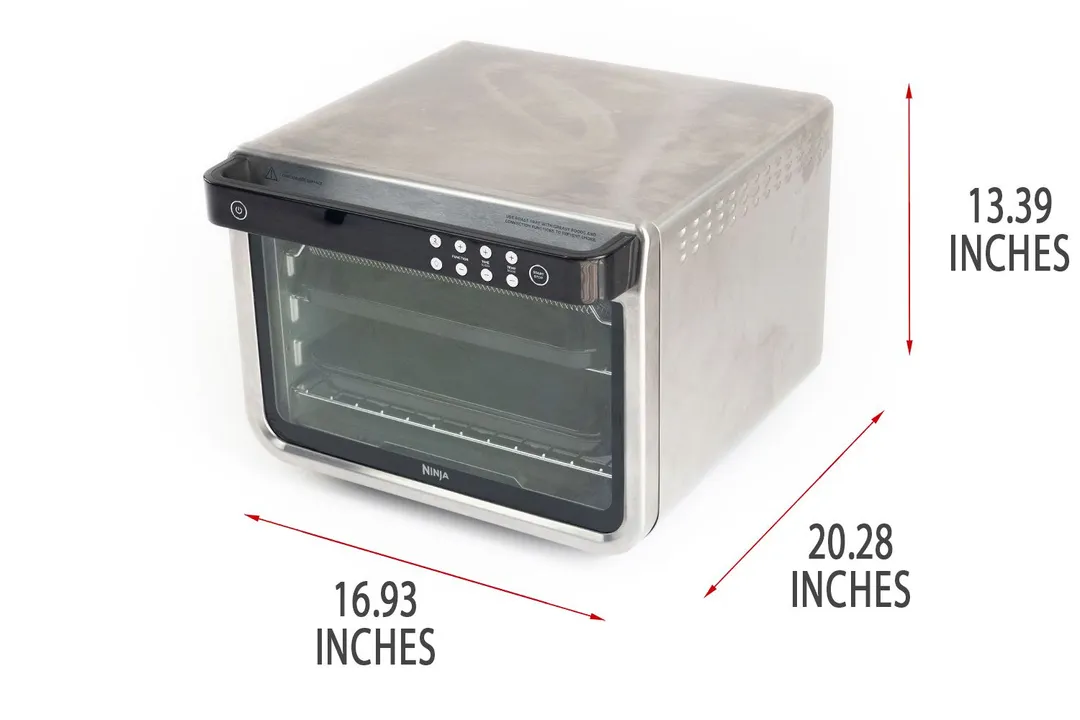
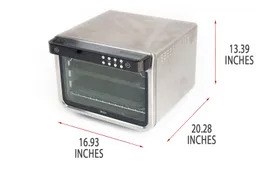
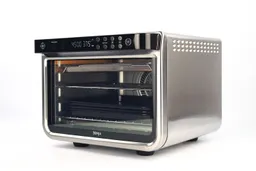
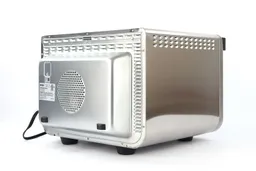
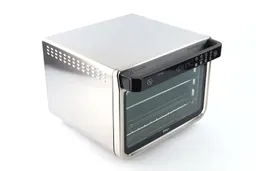
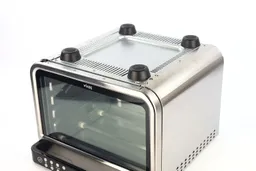
Control Panel
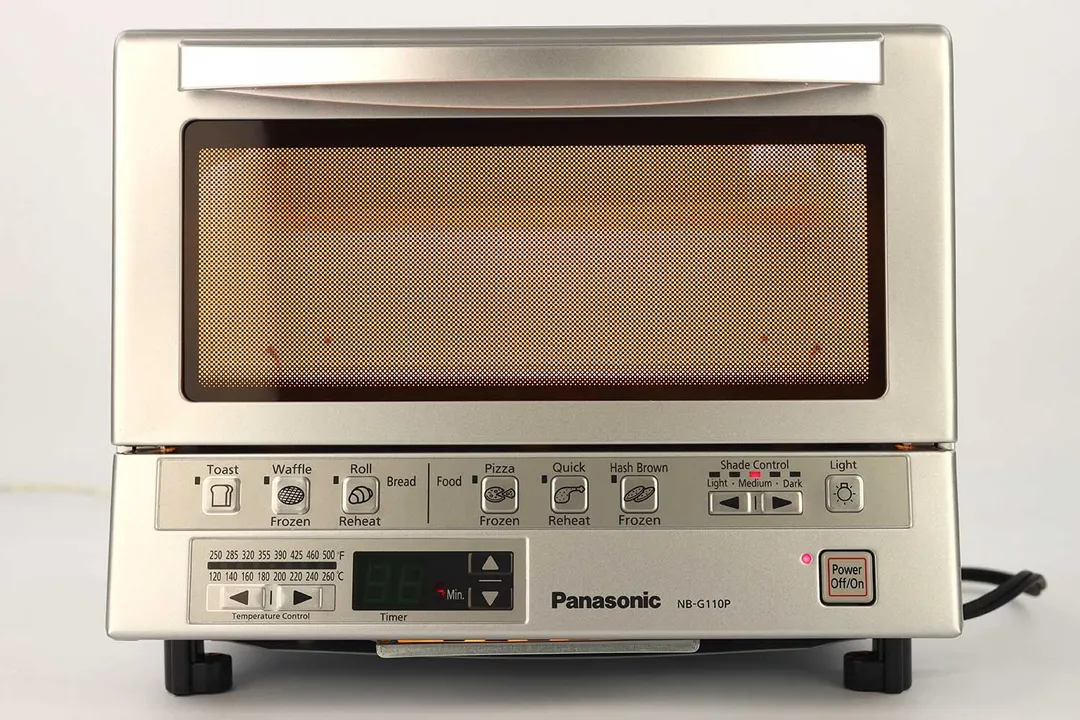
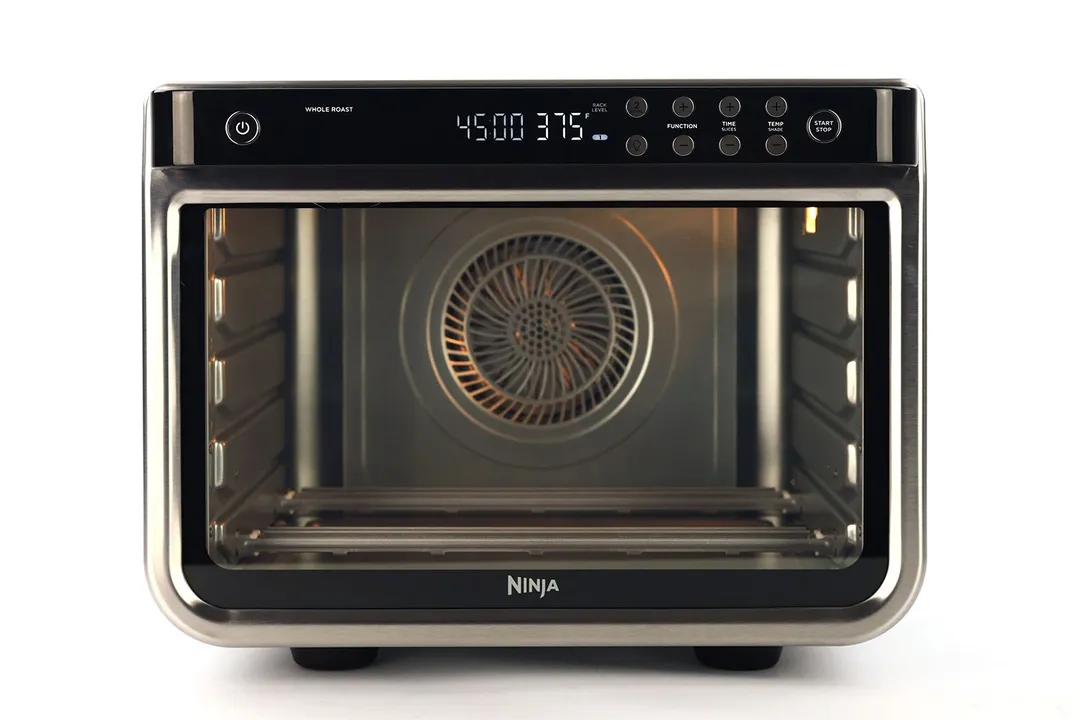
Cooking Functions
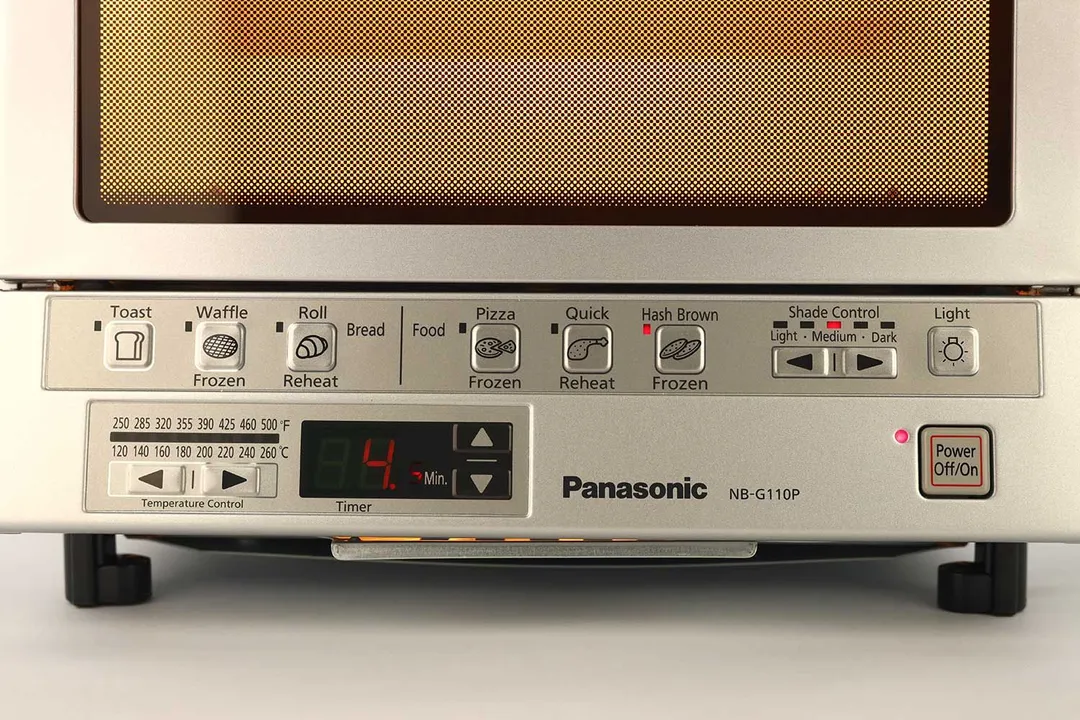
Interior
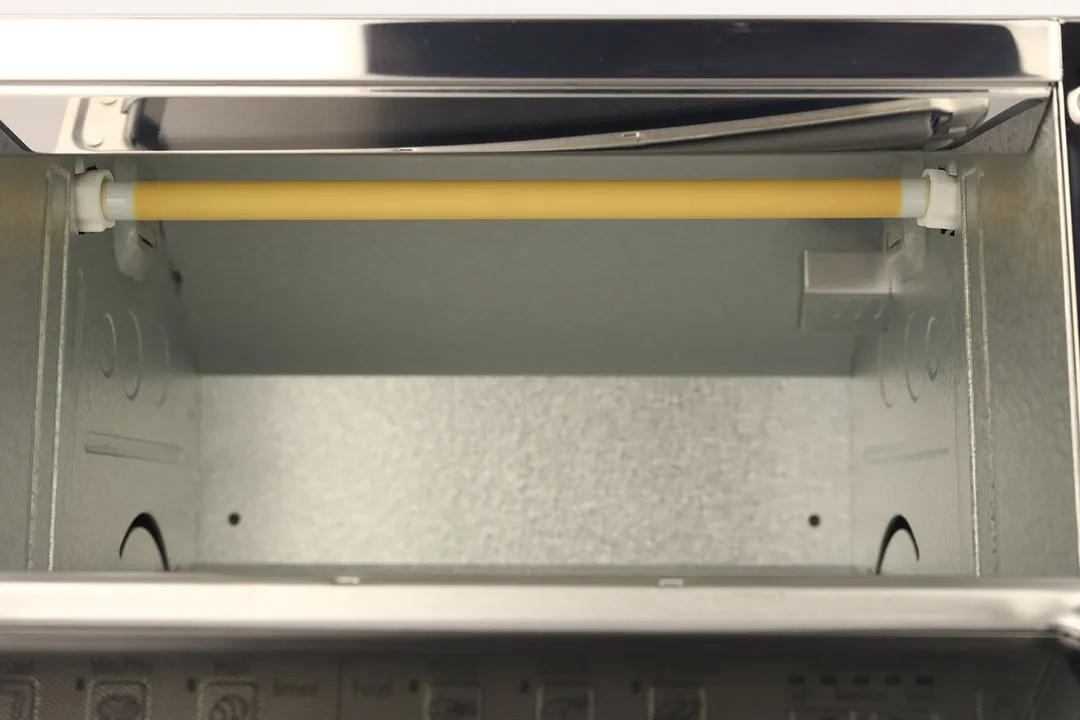
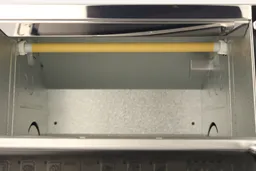
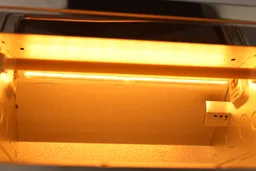
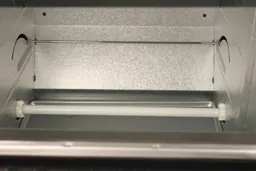
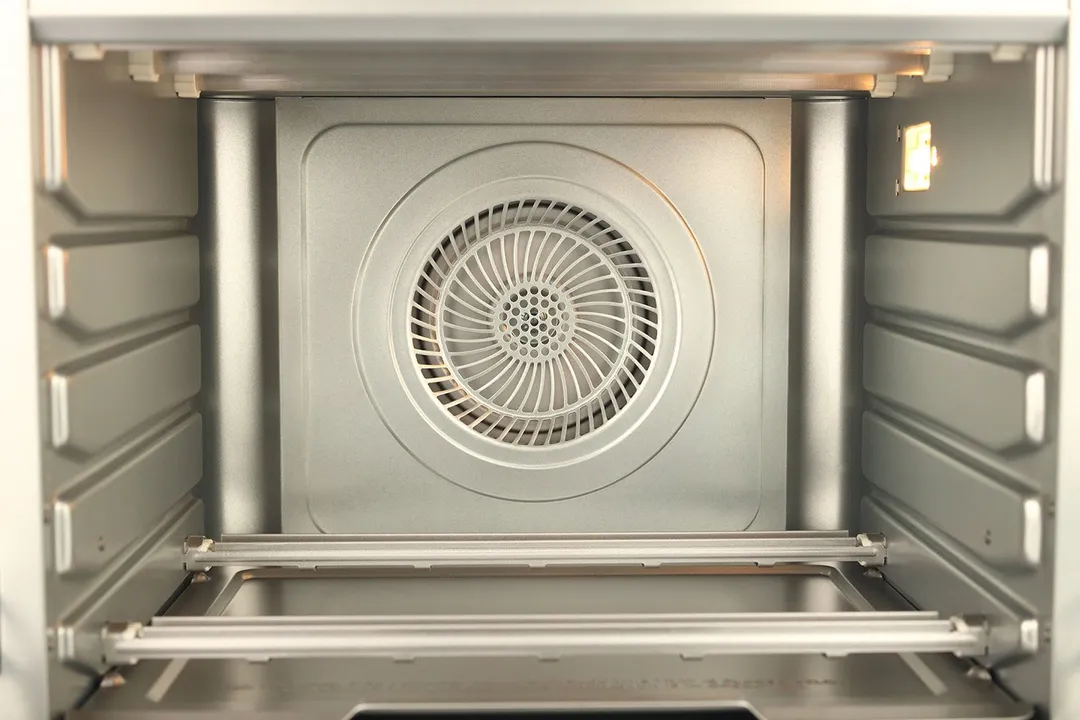
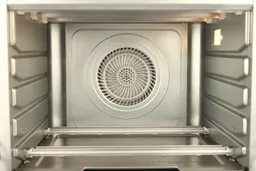
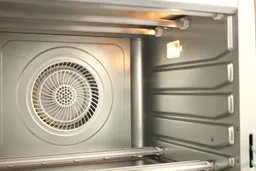
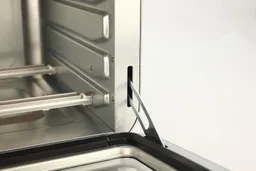
Power Cord
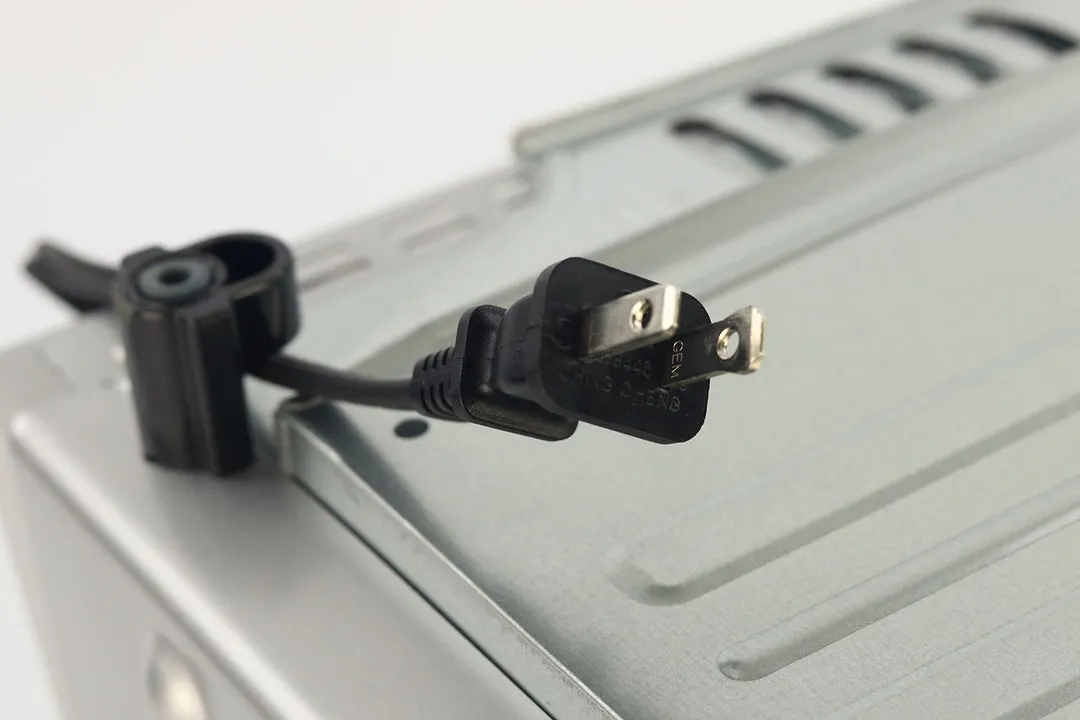
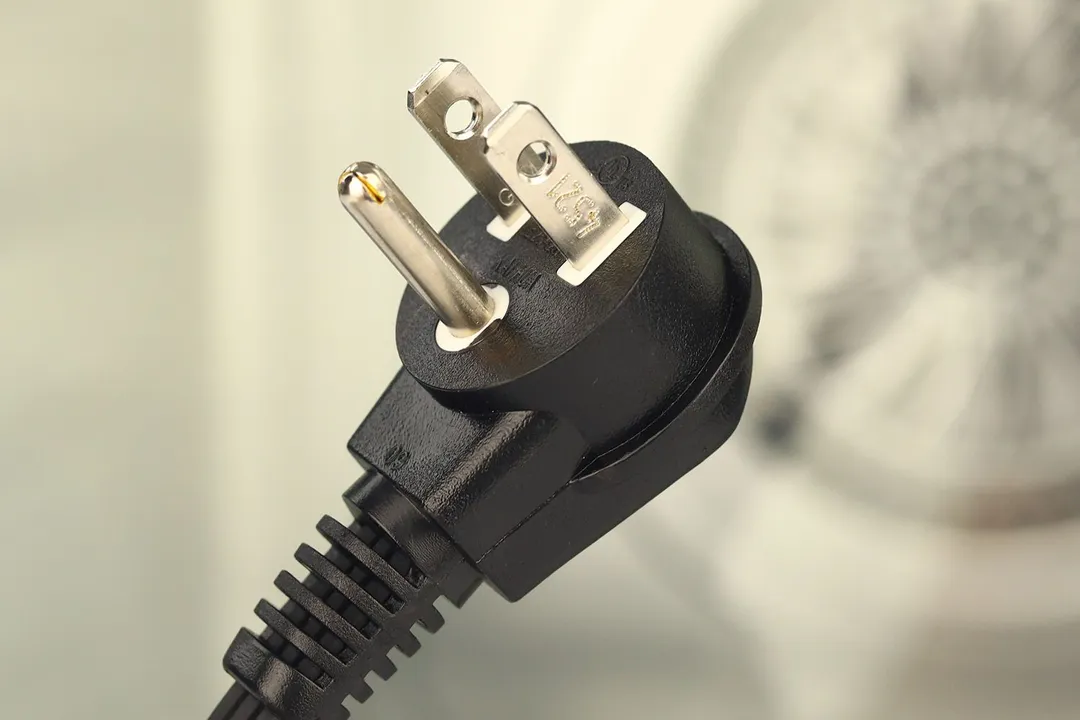
Accessories
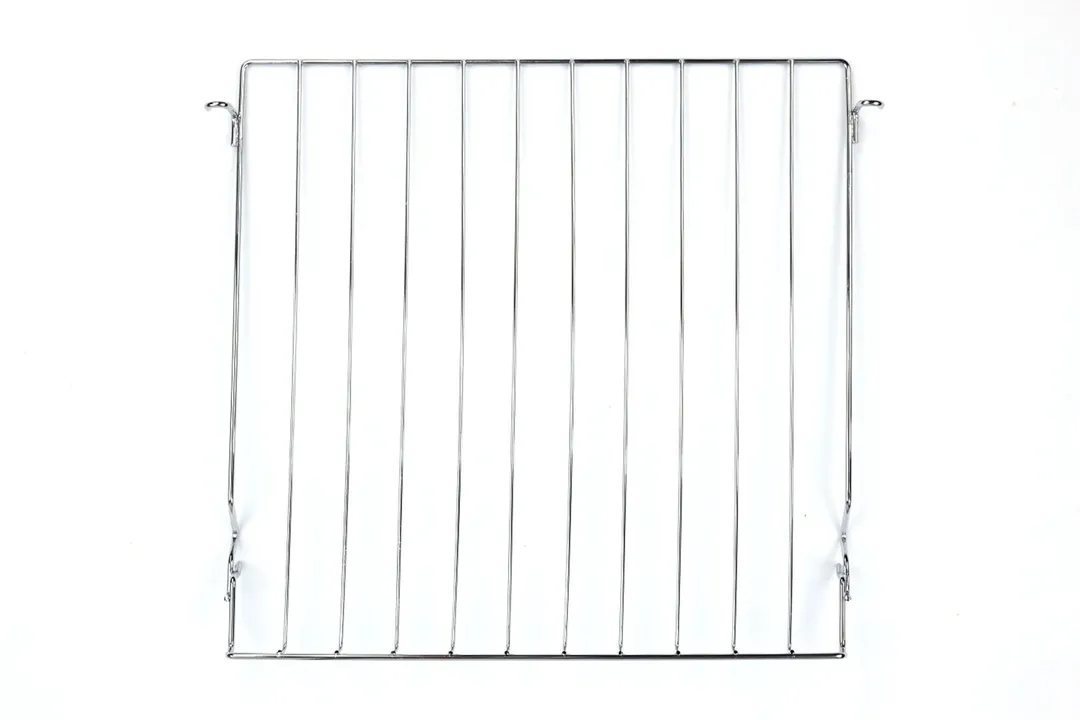
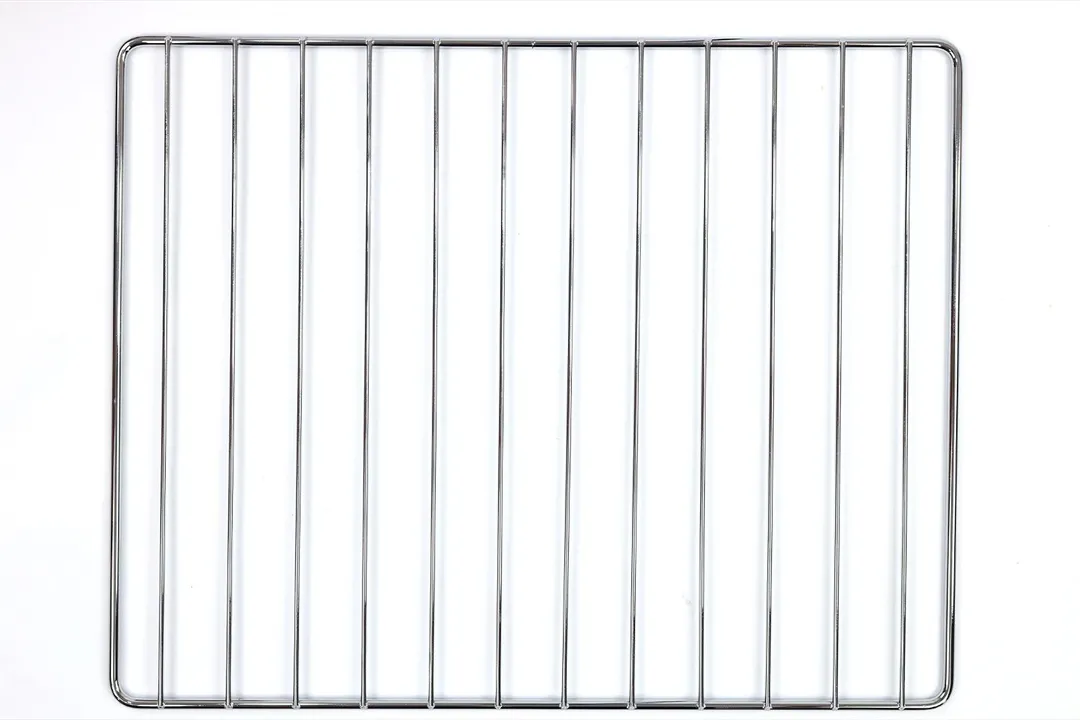
Build Quality
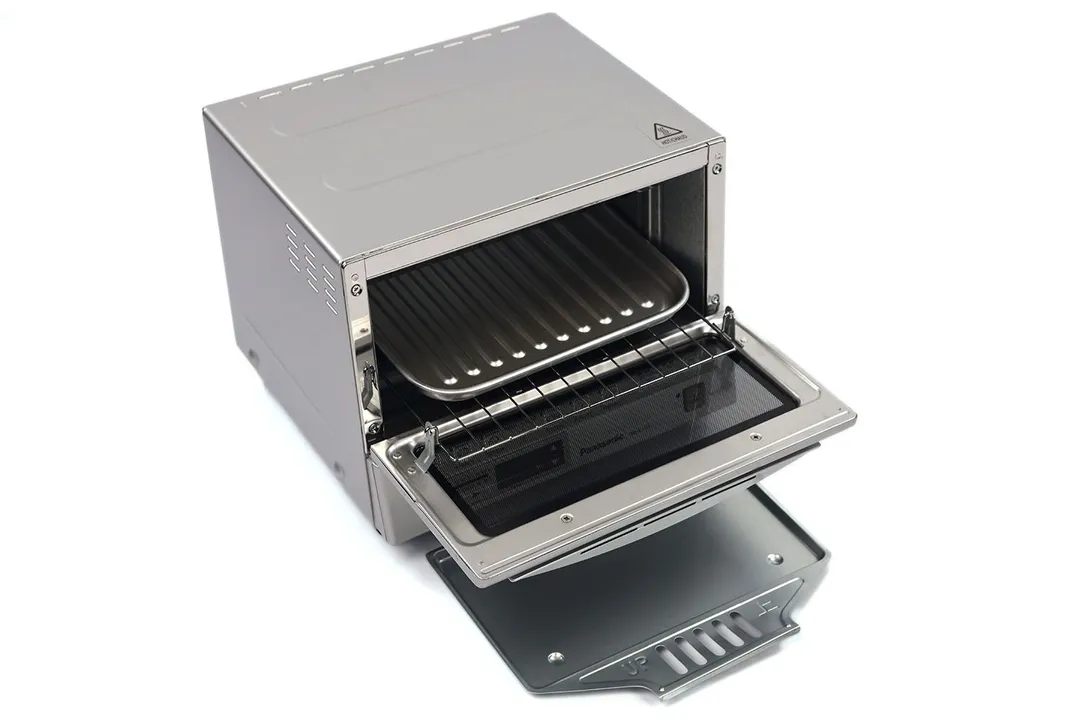
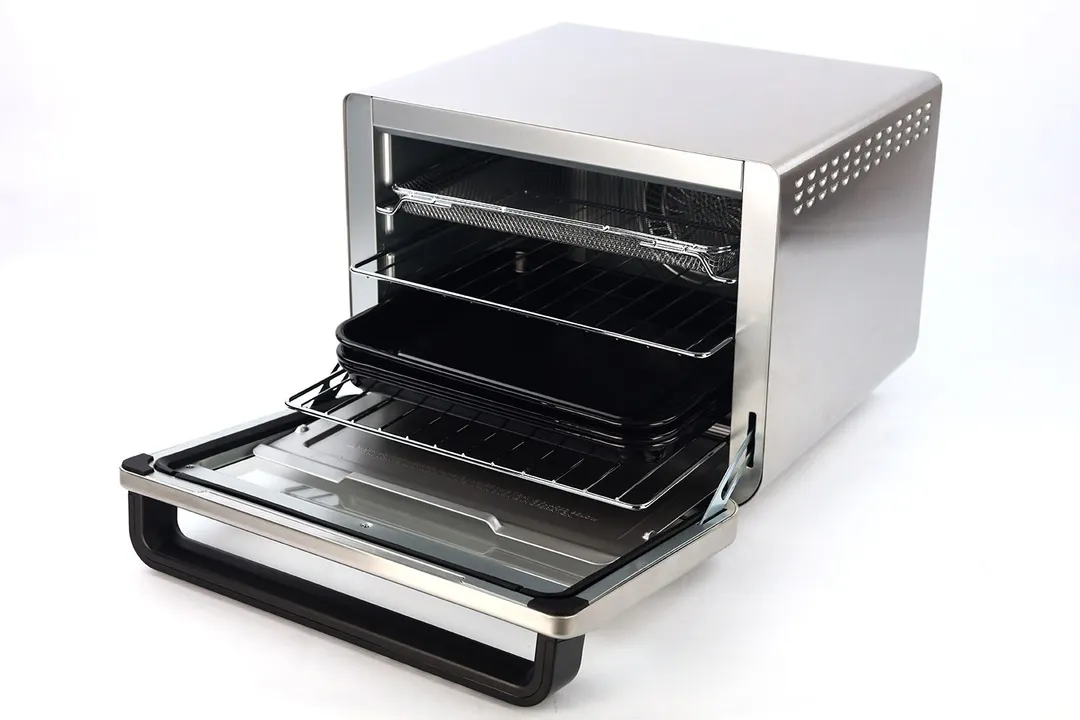
Capacity
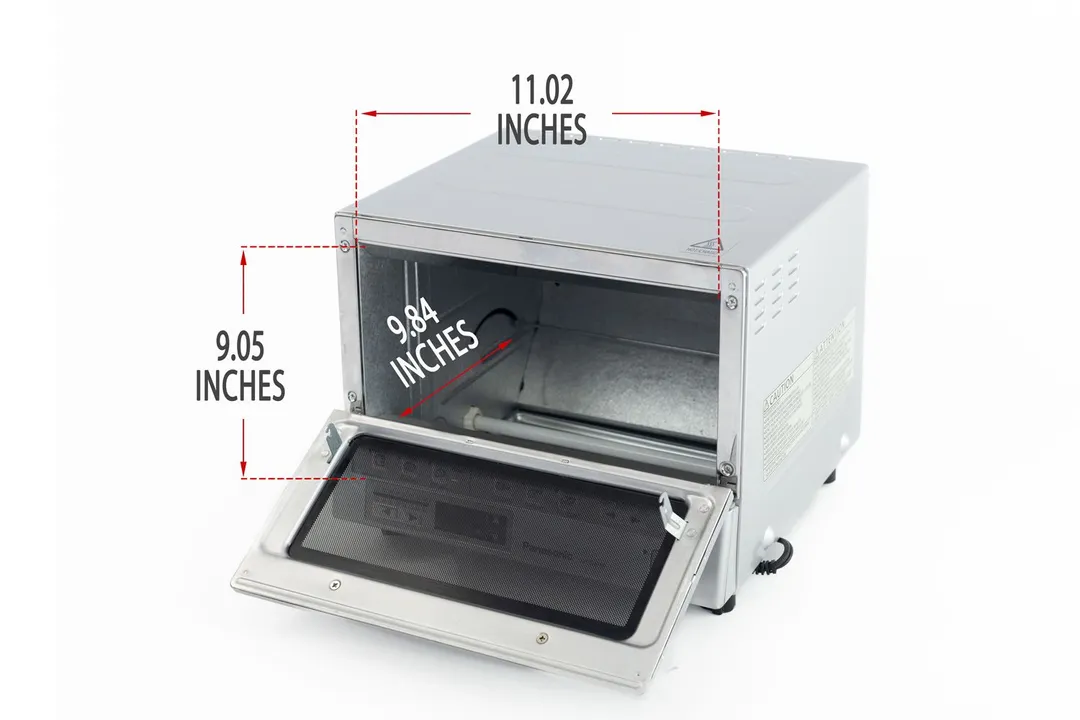
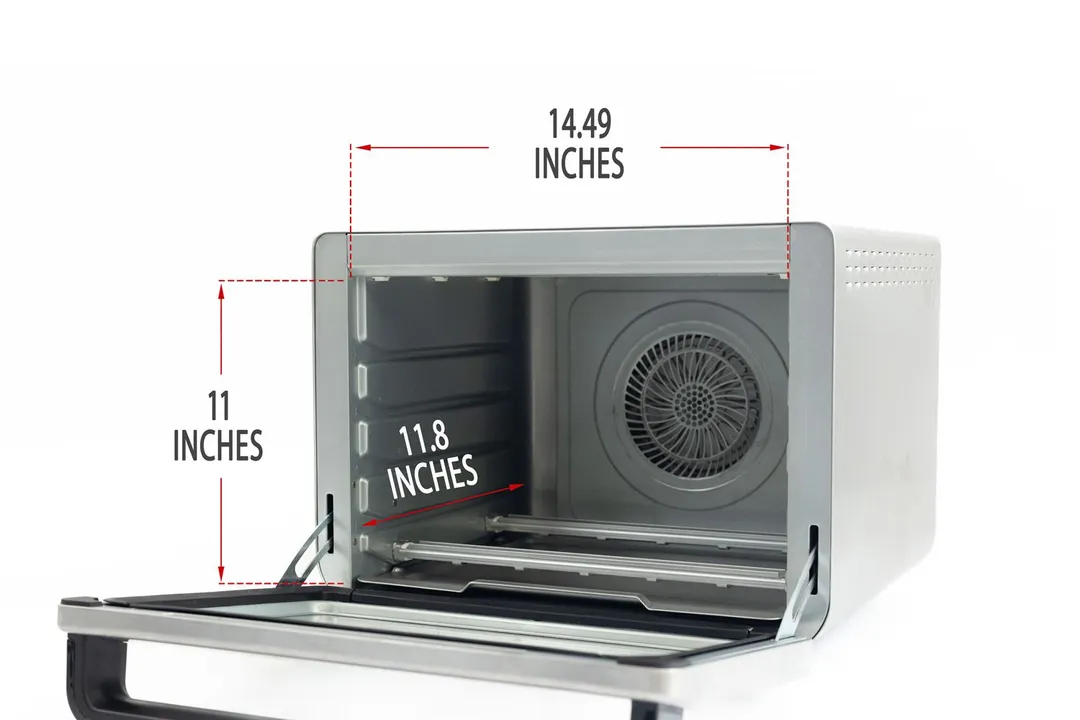
Usability
User Control
Ease of Use
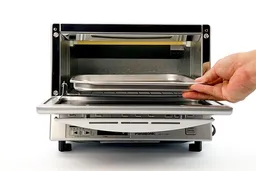
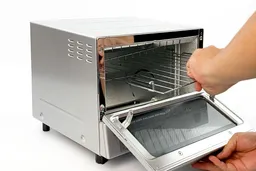
Cleanability
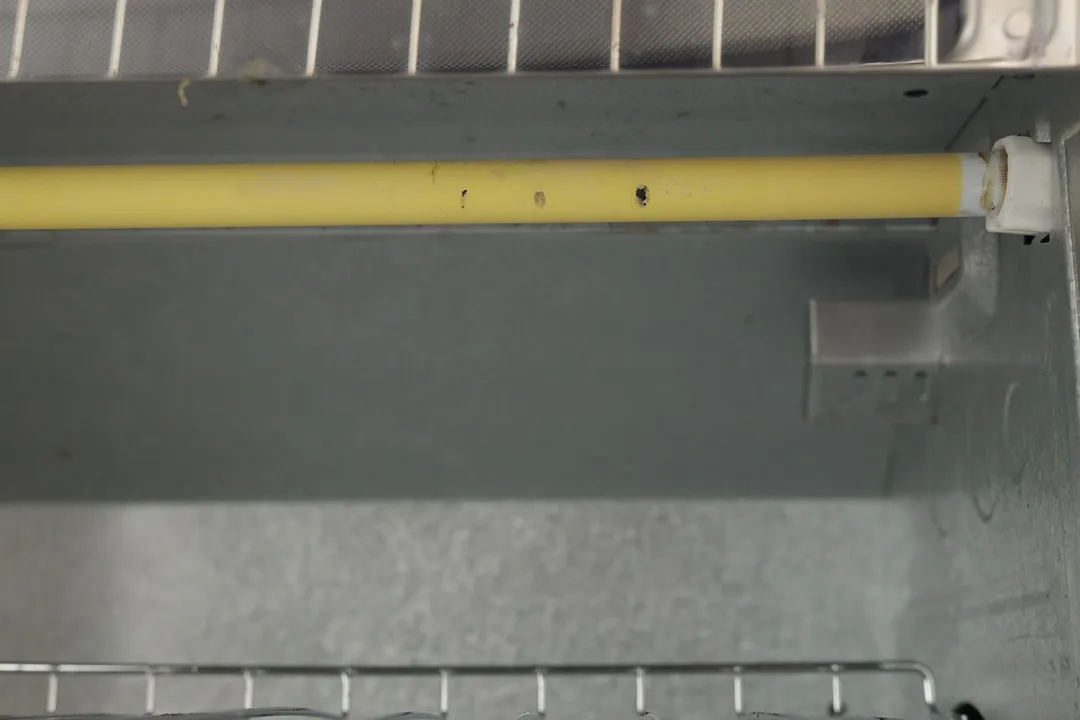
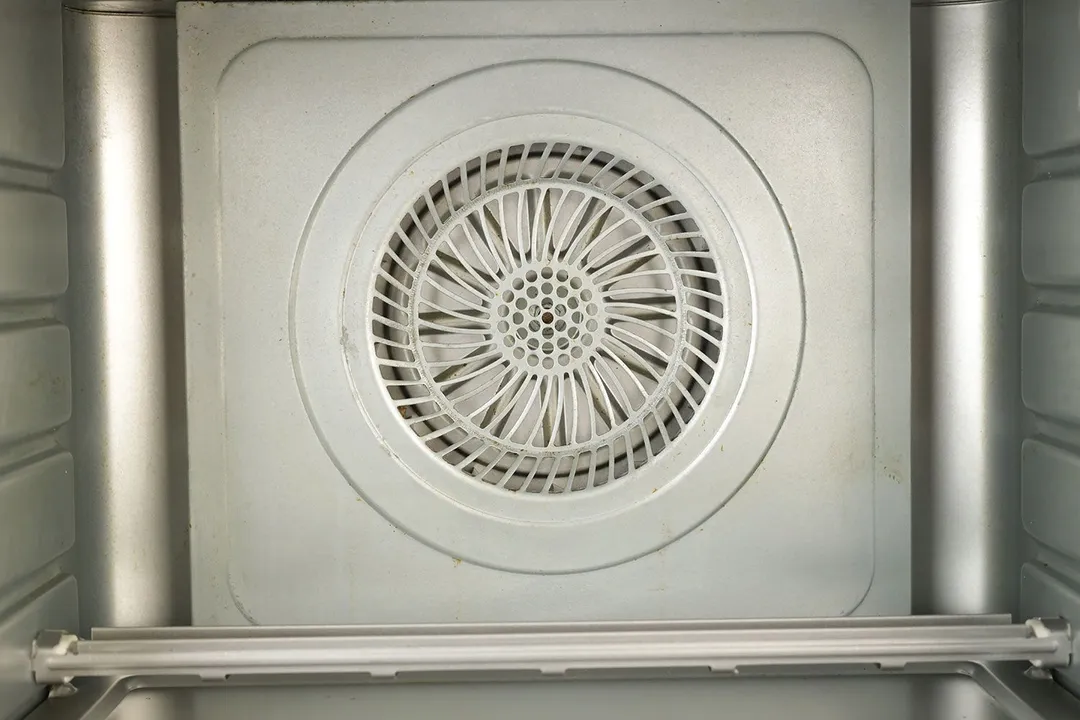
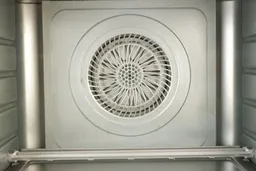
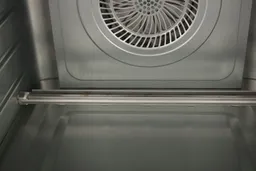

Behind the Comparison
Alan Nguyen is a writer and product reviewer at HealthyKitchen101. His major in English language teaching taught him to present concise information. In addition to his cooking hobby, he values the practical aspects of household appliances.
Lap is Head of the Research, Testing, and Review Team (RTR Team) at HealthyKitchen101.com, where he directs and supervises the testing of kitchen gadgets and appliances.
Tuyet Pham is an award-winning Saigonese chef passionate about delicious and healthful foods. At HealthyKitchen101, she develops recipes and collaborates with our Research, Testing, and Review lab to evaluate the performance of cooking appliances. Her assessments add a strong authoritative voice to our product scoring process.
Nguyen Ntk is a graphic designer, photographer, and videographer whose philosophy centers around respecting and celebrating the beauty of reality. Through his lenses, Nguyen strives to capture the true essence of objects and events, showcasing and highlighting authentic features without distortion or exaggeration.




